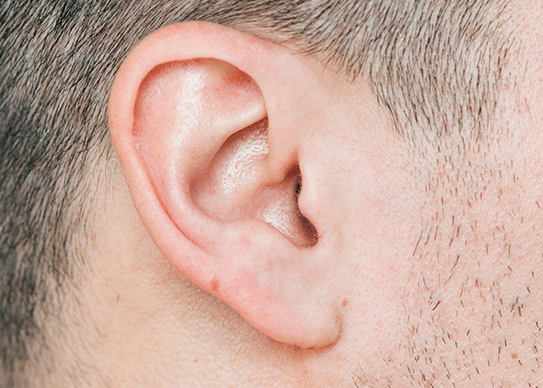Myofascial Release
Focus on improved movement patterns
Myofascial release will improve movement patterns through your body to reduce pain while restoring motion.
Using progressive, targeted myofascial strokes, myofascial release mobilizes fascia, muscles and tendons in order to increase movement options. Queued client movement improves the effectiveness of many techniques. Often done through a series of treatments, myofascial release can open up new possibilities of movement and breathing.

Muscle imbalances are often caused by historic injuries, compensations, recovery from surgery or lack of movement.
Myofascial work is effective for leg, hip, back, shoulder, neck and arm pain. Specific conditions include:
Myofascial trigger points are an established source of migraines. In my experience, patients with an established myofascial release program for trigger points and tight head, neck and chest/back muscles have a lower occurrence of migraines. I work closely with clients to develop a customized, gentle program to address your individual needs. With many techniques to draw upon, I am confident that we can establish a routine to reduce your discomfort.

Who knew that one source of ringing in the ears or tinnitus can be caused by tight jaw, neck and head muscles? It’s true. While not effective for all cases of tinnitus, consider trying massage if you suffer from periodic or persistent tinnitus. The process is precise and gentle. Plus, I’ll teach you a variety of stretches you can do from the comfort of your own home.

Head-forward posture and rounded shoulders can cause pain in the neck and upper back. Working to release both muscles in pain along with chest muscles and muscles in the front of the neck can help create more movement. I can work with you to develop a long term program that incorporates stretching and strengthening coupled with awareness of what produces these patterns.

Frozen shoulder requires a graded approach that does not challenge your pain. Working slowly and developing mutual trust is key. With gentle orthopedic techniques, movement and communication, we will gradually address adhesed tissue and unlock movement.

A number of conditions may be caused by tight muscles at the hip or low back. It is often asymmetric and can cause tilted pelvis, twisted torso or gait issues. Imbalances in the body are what myofascial release is designed to address. Tilted pelvis may cause low back pain, tight hamstrings or tight hip flexors. Twisted torso often works through the pelvis and is associated with side to side imbalance. Both of these conditions can cause gait issues that may present in the foot, calf, thigh, hips, back or shoulders. With a detailed examination, targeted myofascial treatment and a client stretching practice, relief and improved balance can be achieved.

My wife and I have been getting massages for several years for the purpose of general recovery from old injuries and to help with recovery from active lives. Prior to Sam, our massages were mostly deep tissue. When we first came to Sam, it was a surprising change as his style is much more subtle. As we've continued to work with Sam, the benefits have been far more profound than we ever could have imagined. We unequivocally endorse Sam as a skilled, attentive, and effective massage therapist who has helped to heal old trauma.
___DM
Sam is a gifted therapist. I have had chronic hip and shoulder issues on my right side and under his guided hands I have found some release. It's unlike most massage I have received in the past -- focused on the problem areas and using soft touch and body manipulation to release and encourage new patterns of movement -- and very effective. Sam is also a delightful person and has been extremely conscientious during the pandemic.
___RB
I started seeing Sam Farnsworth, he was recommended by a mutual friend, for a shoulder pain and after 4 sessions I have felt massive improvement!! He’s very nice and knowledgeable. Listens to your description of the tight spots / pain points and works the entire muscle groups. I have left every session feeling better and have found the relief lasting longer after each visit, he also gives great at home pointers and exercises you can do in order to keep making progress.
___SH
Previous
Next
